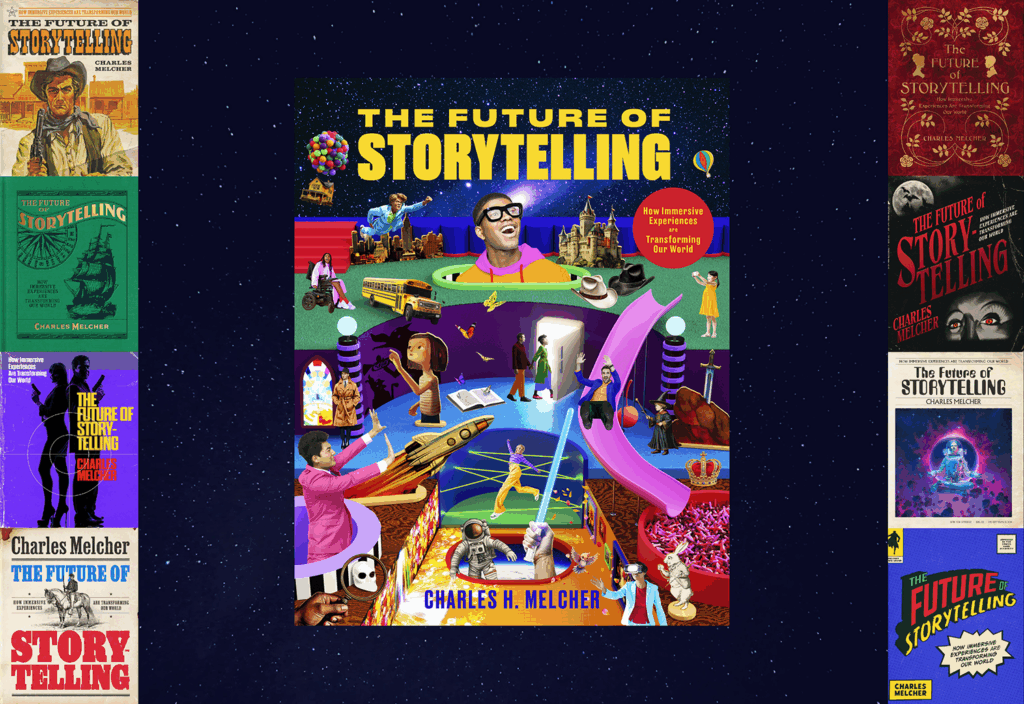 Marketing to youth is one of the hottest yet most challenging topics in digital marketing–for good reason. The online youth audience is big and getting bigger. More than 21 million teens will be online by 2010, up from about 19 million in 2004. That’s 87.5% of all teens. And tweens (8- to 11-year-olds) will number more than 11.5 million by 2010.
Marketing to youth is one of the hottest yet most challenging topics in digital marketing–for good reason. The online youth audience is big and getting bigger. More than 21 million teens will be online by 2010, up from about 19 million in 2004. That’s 87.5% of all teens. And tweens (8- to 11-year-olds) will number more than 11.5 million by 2010.
But the youth segment is a demanding one. Teens and tweens crave interactive, fresh, and authentic content and can be unforgiving to marketers who fail to provide what they want.
There is no magic formula for influencing today’s youth market. But giving youth immersive experiences they can share with their friends is part of the answer.
The “youth market” is hardly a monolith. Segments include tweens, young teens (ages 12-14), teens (age 13-19), and youths (under 21), to say nothing of the differences between male and female segments within each subgroup. But what all these segments have in common is that they are the first generation raised online, and they rely on the advice of friends. They use new Web tools to research and purchase products and services, and what they find online must match the brand experiences they encounter in stores, among their peers, and through offline media.
Reaching the market
If there’s a single key to success in youth marketing, it’s identifying and reaching peer influencers who drive brand messages to their contemporaries. Targeting influential teens not only helps overcome their peers’ skepticism–only 4% of teens agree that “advertisements tell the truth,” according to a recent Harris Interactive survey–but also helps solve the short attention span of youth in this age of distraction.
Marketers should understand what keeps the audience occupied. Amid the rising popularity of MySpace, Facebook, and YouTube, it’s no surprise that teens are active social networkers. In fact, 25% of teens devote at least two hours a day to online social networking. About one-third of teens share self-created media online. Entertainment content, games, music, and movie trailers each attract more than half of the online youth market.
It’s also important to understand the differences in behaviors and expectations among these segments. For example, in targeting tweens, aim at their comfort zone. They’re not quite as sophisticated or adventurous as their older counterparts. Give them fun ways to engage with your brand; provide online tools that let them create a video or enable them to dress up their social networking site or blog. Tap into their creativity while engaging them with your brand. On the other hand, teens provide a bigger creative challenge, and they respond to a broader variety of creative tactics, both online and offline.
Lessons from the front lines
Levi’s has taken the lead in combining new Web marketing practices with the rollout of interactive original video ads. Two interactive ads from Avenue A | Razorfish showcase the unique features of the Levi’s Redwire jeans, which have a made-for-iPod docking cradle and tracking wheel. Teens can use the interactive video to learn how to plug an iPod into the jeans and how to use the retractable clip-on headphones and wired-in joystick. The interactive online ads present messaging and imagery consistent with the brand’s in-store and offline efforts.
Successful marketers also provide teens with online experiences they can share. In launching its Fructis haircare brand to the U.S. youth market, another of our clients, Garnier, conceived the site Frucrew.com as the campaign’s centerpiece, incorporating viral e-mails, a haircare “diagnostic tool,” e-mailable “pickup lines” to share with friends, and a “hair intervention” that lets visitors advise friends about hairstyle no-nos. One in three site visitors used the viral features, which pulled nearly equal numbers of males and females. And most important, the campaign resulted in five times more conversions than its most recent comparable counterpart.
Marketers focusing specifically on teenaged girls should consider tapping into the power of the so-called Cool Girls online. Jupiter Research recently described the Cool Girls as an influential subset of teen girls who advise their peers on fashion, music, and other merchandise categories. Cool Girls are more responsive to online advertising and are heavier media users. They spend more time online, on the phone, listening to radio, and reading magazines.
Our client Maybelline engaged the Cool Girls–and the girls they influence–with its WhatIsPure.com social media site. Instead of focusing on Maybelline products, the site invites visitors to generate and share content. Viral and community-driven, WhatIsPure.com invites teens and young women to participate in polls and discussions on topics ranging from beauty to fashion to music. Visitors can create their own topics, share them with friends, and upload personal photos. The site speaks to the target audience through a fun, slightly irreverent tone and topical subject matter. WhatIsPure.com has built brand awareness for Maybelline and generated great buzz.
As these examples demonstrate, giving teens a sense that they own their online experience can enable your brand to grow virally–and your sales to grow dramatically.
Dave Friedman is president of the central region for Seattle-based interactive services firm Avenue A | Razorfish and a monthly contributor to CHIEF MARKETER. Contact him at Dave.Friedman@avenuea-razorfish.com.



